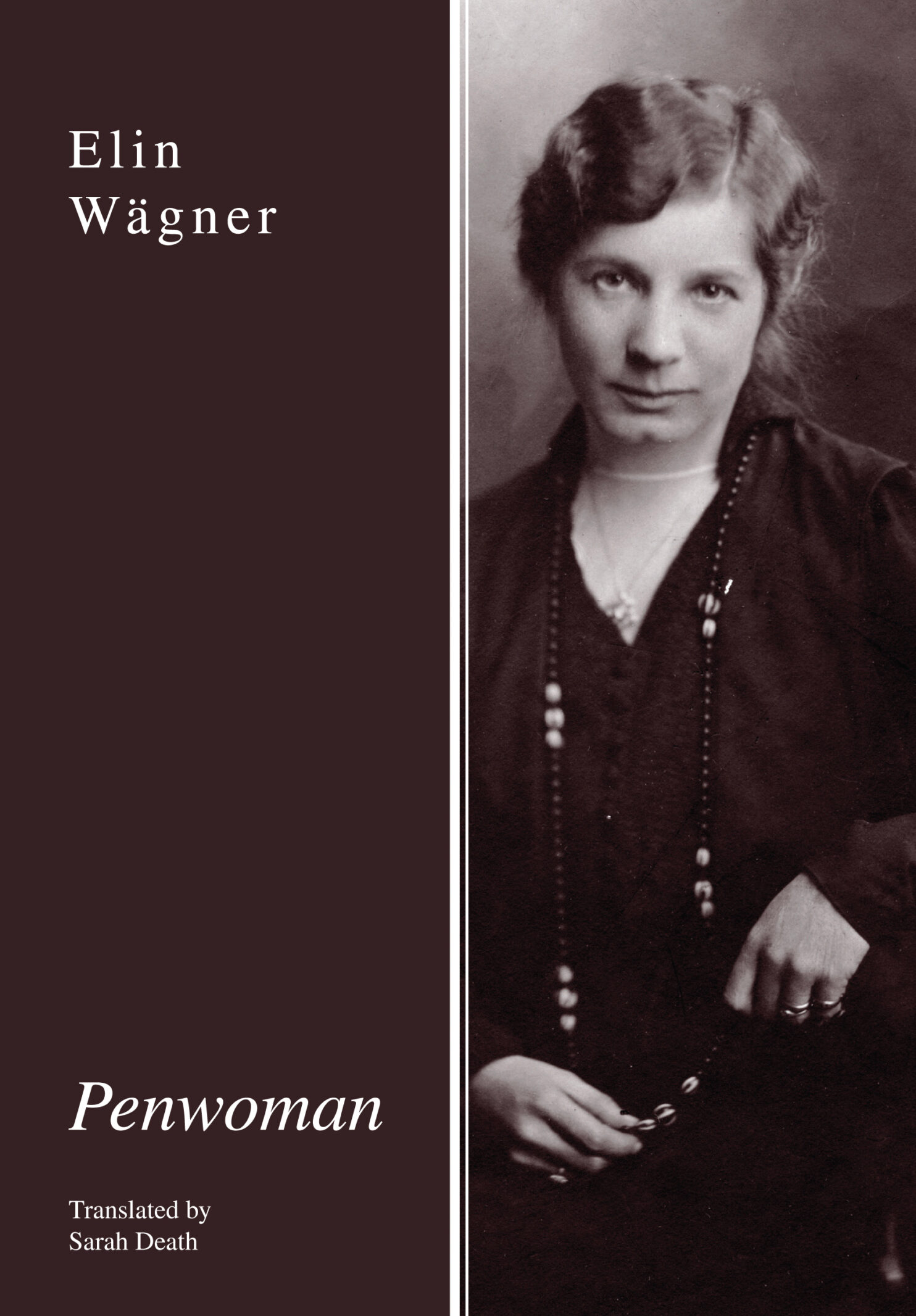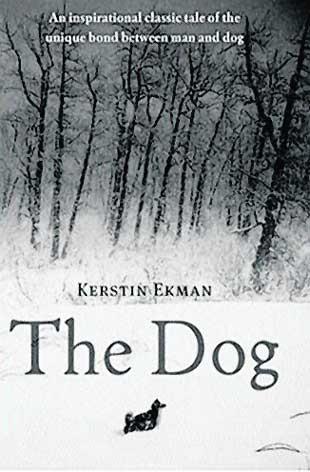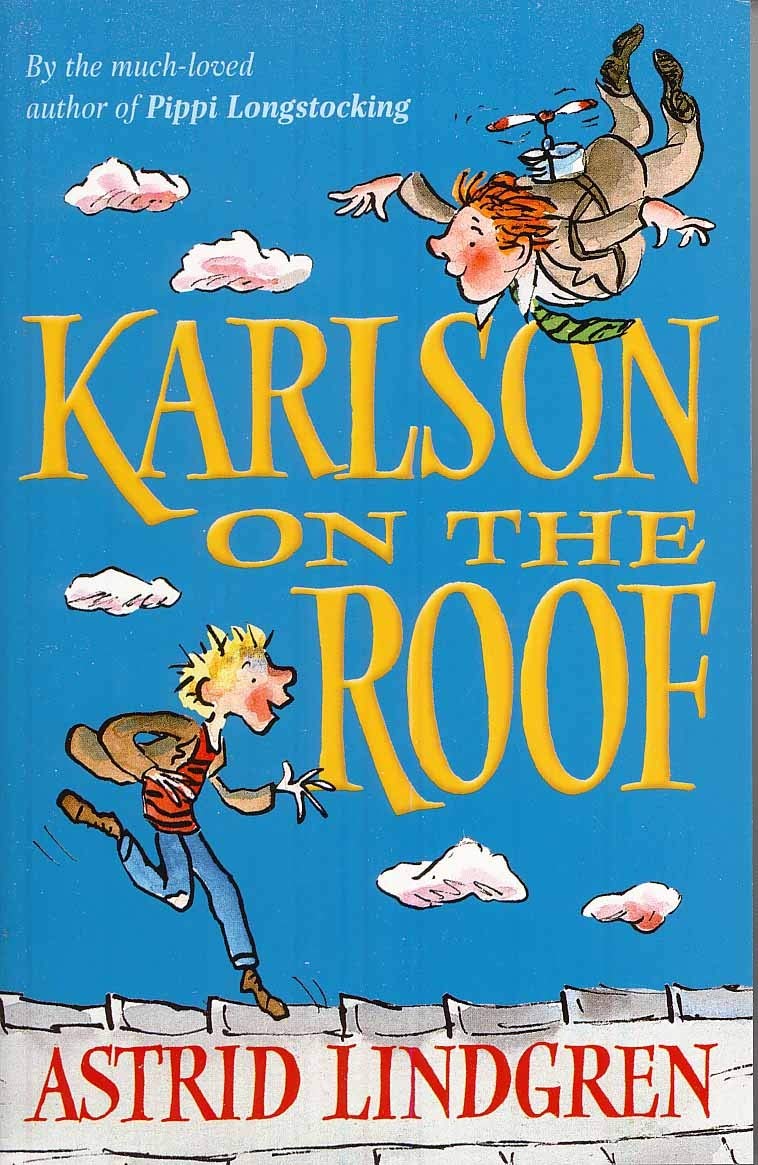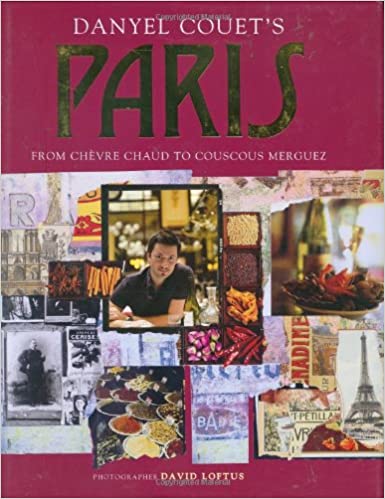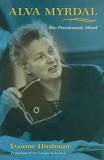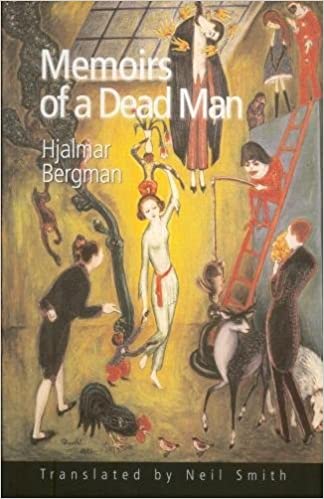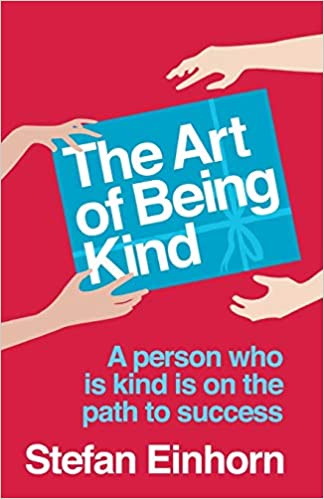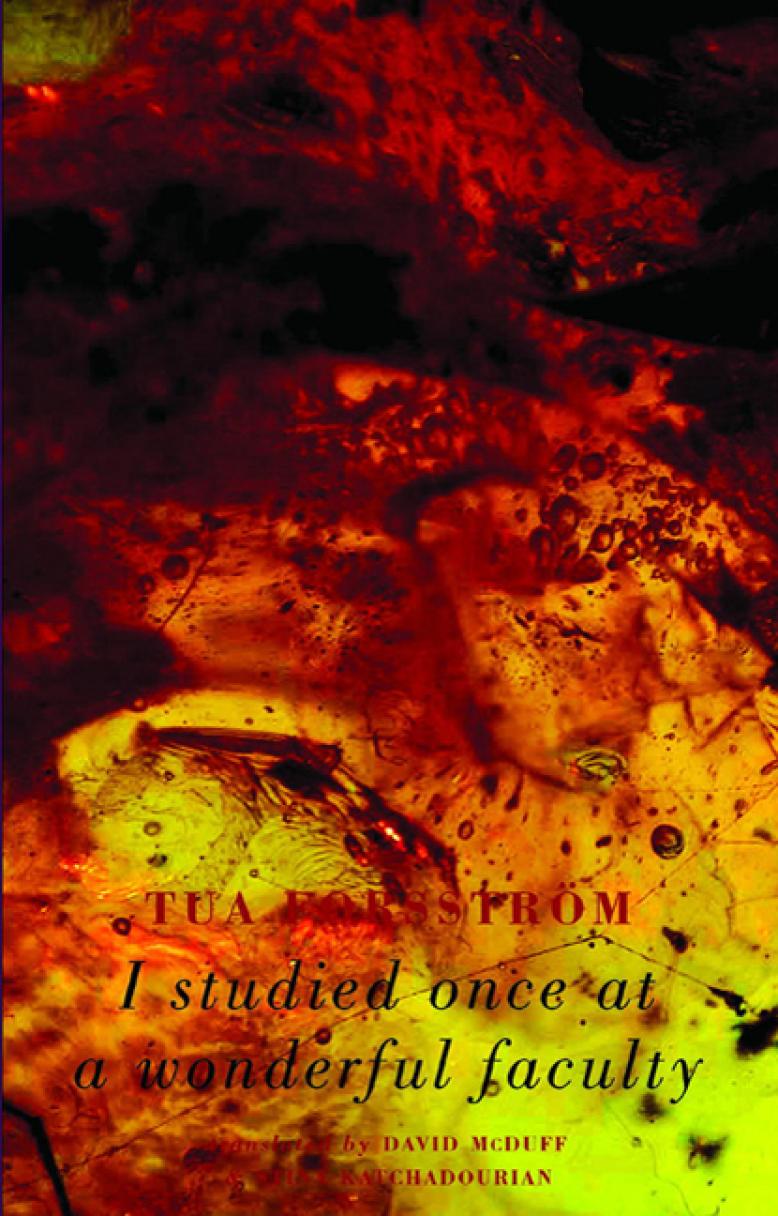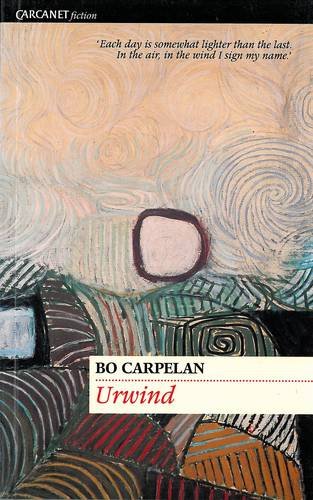Penwoman
Translator: Sarah Death
Author: Elin Wägner
Publisher: Norvik Press
Year of Publication: 2009
‘For the Hard Labour Gang, it was a summer like no other.’ This is a book that has won the heart of many Swedish readers. Penwoman’s youthful optimism is a perfect foil for the melancholy of her slightly older colleague Cecilia.
Originally published in 1910, this is the classic novel of the Swedish women’s suffrage movement. Its vividly and wittily portrayed gallery of diverse female campaigners comes together to form a sisterhood that throws itself into tireless campaigning. They clash with irate conservative opponents (of both sexes) and risk both limb and reputation to win their struggle for the vote. The main protagonist, a young female journalist who is unconventional, bold and wily, finds that the trauma of love and the demands of friendship can be complicated distractions from the task in hand.
New edition 2021!

